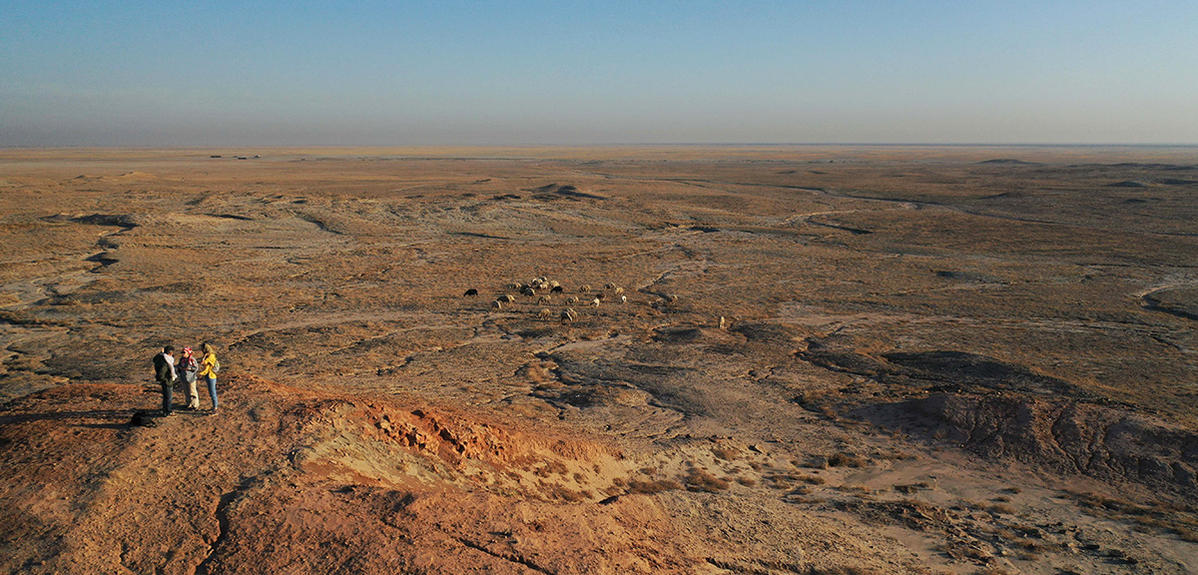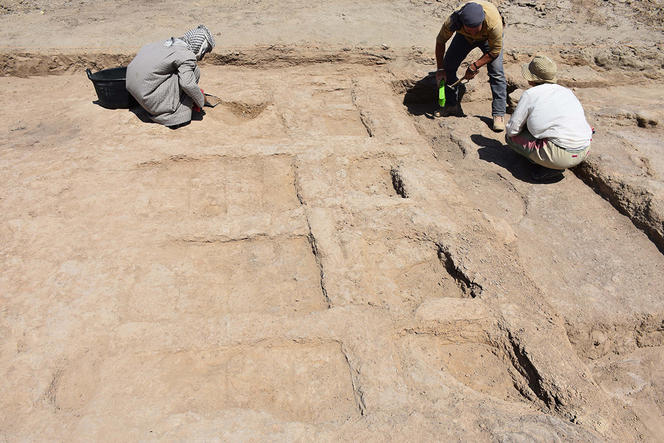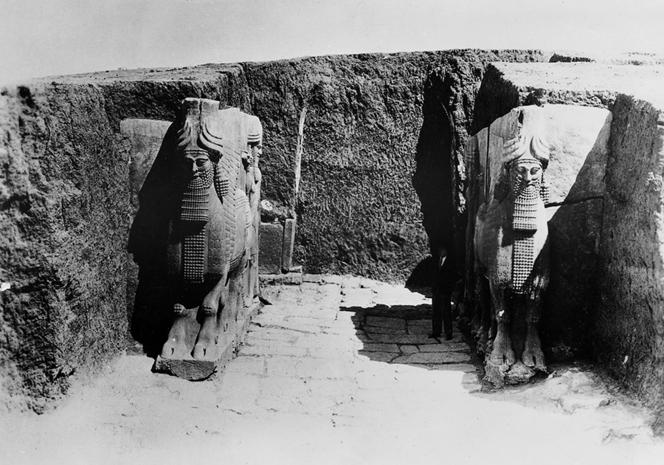Global S&T Development Trend Analysis Platform of Resources and Environment
| Archaeologists Back in Mesopotamia | |
| admin | |
| 2020-01-09 | |
| 发布年 | 2020 |
| 语种 | 英语 |
| 国家 | 法国 |
| 领域 | 地球科学 |
| 正文(英文) |

After a 30-year absence, French archaeologists were once again present this spring at the large site of Larsa (200 hectares) in Lower Mesopotamia (Nasriyah Governorate in Southern Iraq).
Recent years have seen the return of French archaeological missions to Iraq. A project launched last spring plans to use innovative cartography techniques to help Iraqis conserve their heritage.
Many Iraqi archaeological sites have suffered greatly in recent years. In 2003, the country’s rich heritage was badly affected by the combat and bombardment of the US military intervention. Between 2011 and 2017, the systematic destruction and pillaging of certain sites by Daesh only amplified the degradation of this invaluable patrimony. With the political situation seemingly calmer today, France has strengthened its ties with the Iraqi government through archaeological research. The project will rely on the expertise of the companies Archaïos and Iconem in order to create a digital archaeological map covering the entire territory of Iraq. This digital tool, which can be accessed and amended in Baghdad by all Antiquities Departments, can also be updated by each of Iraq’s nineteen governorates, the regional institutions in charge of local development. 


Régis Vallet/IFPO-CNRS
Strengthening ties with IraqThe FSPI also provides an opportunity to strengthen ties between Iraq and France, in connection with sites historically explored by French archaeologists from the second half of the nineteenth century. Abruptly abandoned from the 1990s for security reasons, some of them have once again seen excavation campaigns. “This two-year project will enable in-depth study of twelve sites, thanks to innovative analysis and modelling techniques,” explains Dominique Pieri, Director of the Department of Archaeology and History of Antiquity at the IFPO,2 and coordinator of the FSPI. 
In 1934, an expedition conducted by the Oriental Institute of the University of Chicago unearthed the city of Dur-Sharrukin (Kurdistan). The excavated gate, which was built by King Sargon of Assyria, is flanked by two winged creatures with a human face and bull’s body. An archaeological mission will be conducted there shortly, once the area is secured.


In 1934, an expedition conducted by the Oriental Institute of the University of Chicago unearthed the city of Dur-Sharrukin (Kurdistan). The excavated gate, which was built by King Sargon of Assyria, is flanked by two winged creatures with a human face and bull’s body. An archaeological mission will be conducted there shortly, once the area is secured.
SZ Photo / Scherl / Bridgeman Images
Collecting as much information as possible“This crisis archaeology, involving an inventory of the site—which has suffered numerous instances of pillaging over time—is unprecedented for archaeologists like us,” Dominique Pieri observes. “It is nonetheless essential, for only by precisely identifying the nature and scope of the damage will we be able to retrieve as much information as possible.” Larsa, located in the south of the country, is another internationally renowned heritage site being studied as part of the FSPI. The French teams are led by Régis Vallet, a CNRS researcher at the IFPO in Iraq. Located between the Tigris and Euphrates rivers, this former capital of Mesopotamia was founded more than 5,000 years ago. In May 2019, the company Iconem carried out initial photogrammetry analysis of the millennia-old remains. “This method combines images taken on the ground from different angles with aerial photographs taken by a drone, producing a 3D model of the site at a specific time,” explains Bastien Varoutsikos, an archaeologist by training and Director of Development at Iconem. This sort of carbon copy of the Larsa site can be compared to previous satellite images of the area to measure the impact of successive pillaging. Iconem plans to produce digital copies of seven other Iraqi sites over the next two years. Training the young generationThis cartographic and analytical tool will be made available to the Iraqi authorities in the months to come, in an effort to help improve the management of other archaeological digs made vulnerable by years of war. “Because it provides an overview of a site of interest while focusing on certain emblematic areas, photogrammetry could be used to raise awareness among the Iraqi public of the wealth and fragility of its heritage,” the scientist adds. Footnotes
Go further
0 comment
Keywords |
| URL | 查看原文 |
| 来源平台 | Centre national de la recherche scientifique |
| 文献类型 | 新闻 |
| 条目标识符 | http://119.78.100.173/C666/handle/2XK7JSWQ/227762 |
| 专题 | 地球科学 |
| 推荐引用方式 GB/T 7714 | admin. Archaeologists Back in Mesopotamia. 2020. |
| 条目包含的文件 | 条目无相关文件。 | |||||
| 个性服务 |
| 推荐该条目 |
| 保存到收藏夹 |
| 查看访问统计 |
| 导出为Endnote文件 |
| 谷歌学术 |
| 谷歌学术中相似的文章 |
| [admin]的文章 |
| 百度学术 |
| 百度学术中相似的文章 |
| [admin]的文章 |
| 必应学术 |
| 必应学术中相似的文章 |
| [admin]的文章 |
| 相关权益政策 |
| 暂无数据 |
| 收藏/分享 |
除非特别说明,本系统中所有内容都受版权保护,并保留所有权利。